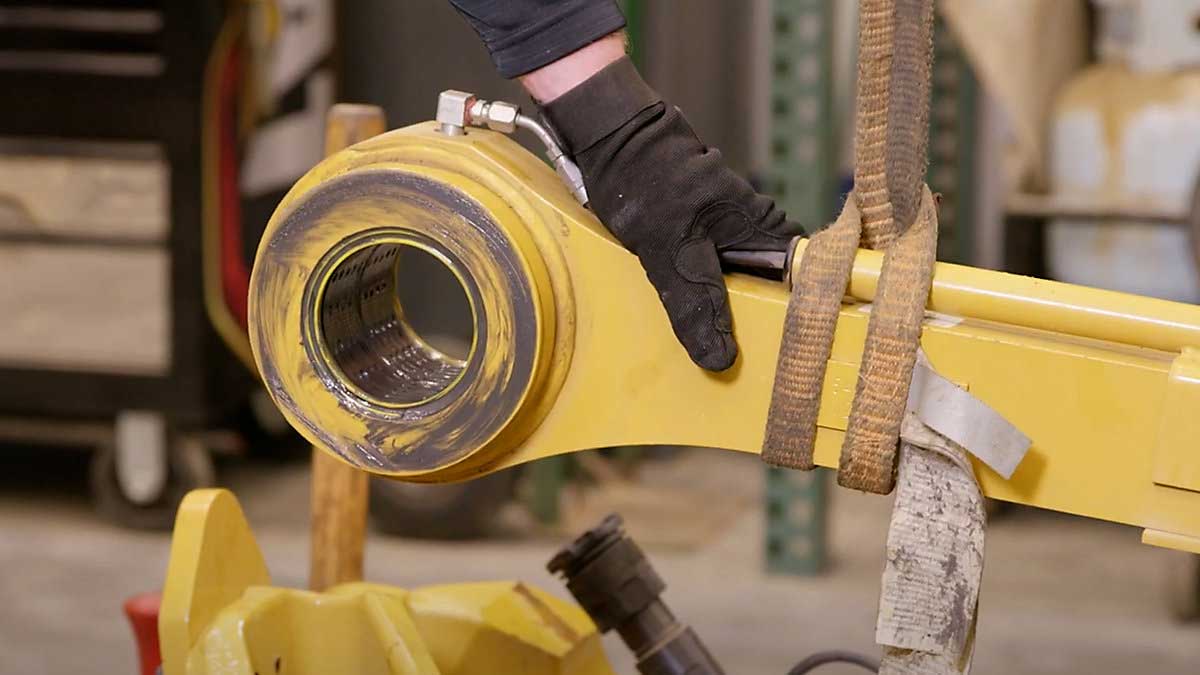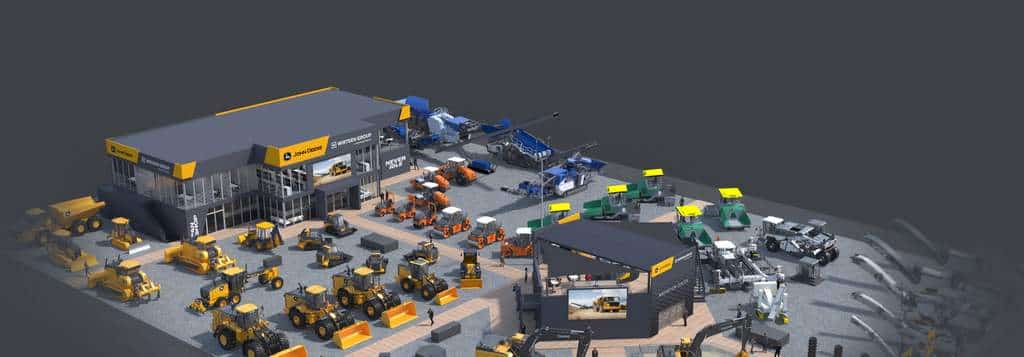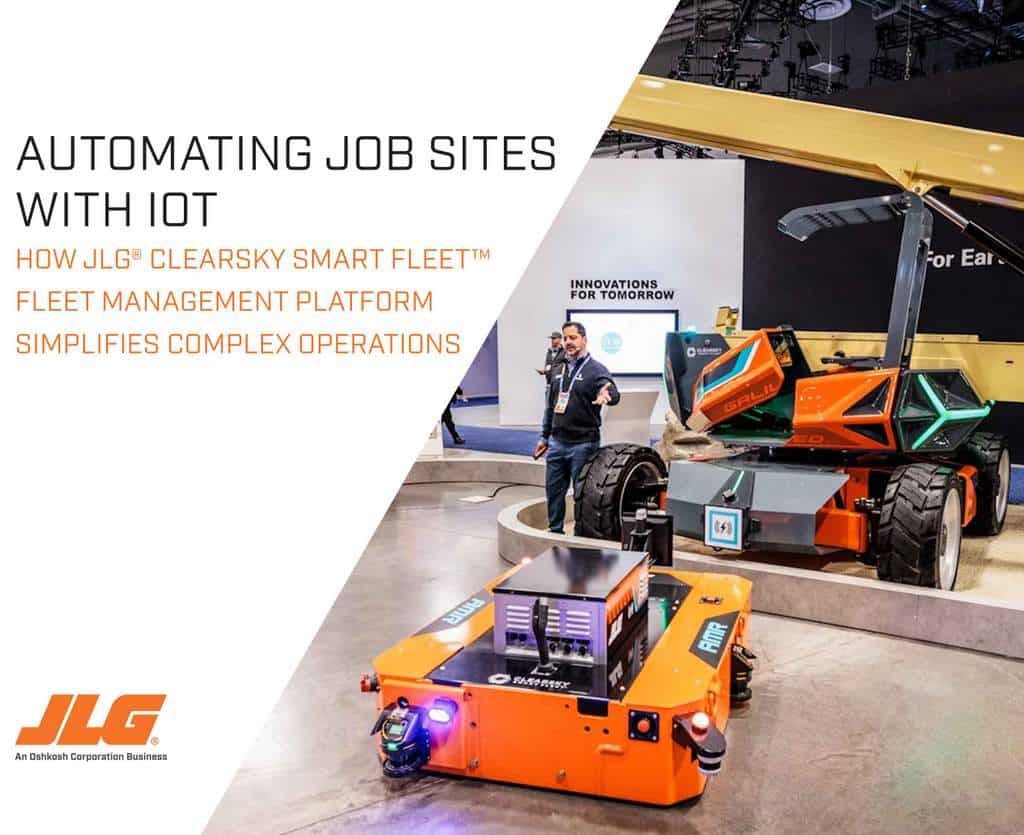How to Choose the Right Telematics Solution for Your Fleet
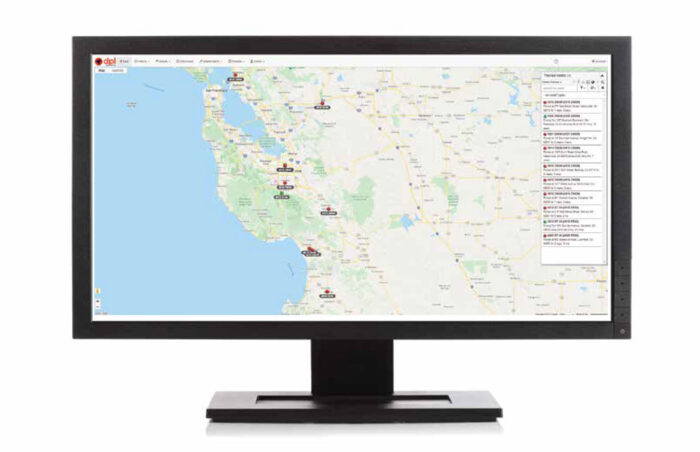
Telematics — of which GPS tracking is a subset — has come a long way in the past 25 years. On-board hardware was once the size of bread boxes with large, overt antennae, costing over $1,000 each and a monthly subscription fee north of $30 for location and daily runtime reports. Like any technology the size of the device, capabilities and cost have come down dramatically over time. It has evolved so much we even see customers track attachments and stump grinders, since some trackers are now so small, self-contained and easy to power. There is no longer a limit to what assets equipment owners can monitor and track. However, capabilities and features have increased just as exponentially, leaving many equipment owners confused about where to start.
Understanding the Options
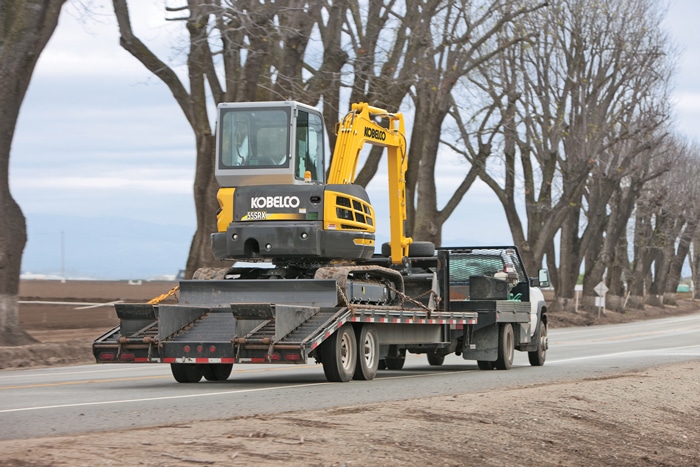
There are plenty of options available today for nearly every application and budget. The biggest challenge is how to get started with the right solution, which changes with variables including business size and purpose. The simplest approach is to think of telematics (or GPS tracking) in three general categories: GPS location tracking, location and usage monitoring and engine direct data. Each category delivers specific benefits, so it may be easier to look at goals for the technology and match the product type accordingly:
- GPS location tracking is simply access to an asset’s location at scheduled and on demand times. Though simple, access to this data has multiple benefits including theft protection, improved dispatching and driver safety, inventory management, logistics and rental management. GPS location tracking products are simple to install (referred to as zero-install), with completely self-contained battery powered units.
- Location and usage monitoring factors in the runtime and/or mileage of the host asset. This additional information provides for more timely maintenance and capturing accurate billable runtime. Equipment owners may include a remote starter disable/enable feature with this type of telematics device to further reduce theft and empower the equipment owner to lock out unauthorized operators.
- Engine direct devices connect to a machine’s CANBUS port (or OBDII for on road vehicles) and capture data coming off the engine such as runtime, idle time, fuel consumption, temperatures, fault codes and pressures. This data drives an enhanced level of service management by helping to remotely diagnose a non-working machine. This data can also help identify potential renter abuse or operator inefficiencies. Though slightly different in operation, an AI-powered dashcam solution would fall into this category as well due to its high amount of data capture.
Additionally, with the growth of IoT (internet of things) devices, there are even more tracking options becoming available including long range Bluetooth, RFID and WiFi. These technologies are the most cost-effective but also have limited coverage range which often requires a gateway to be within range of the device or tag. Since that range maxes out at an area about the size of a football field, these solutions are best suited for automated inventory tracking, such as determining which attachments are in which yards. By contrast, the three preceding telematics categories generally use cellular or satellite communications to provide asset visibility just about anywhere the tracking device travels.
Getting Started
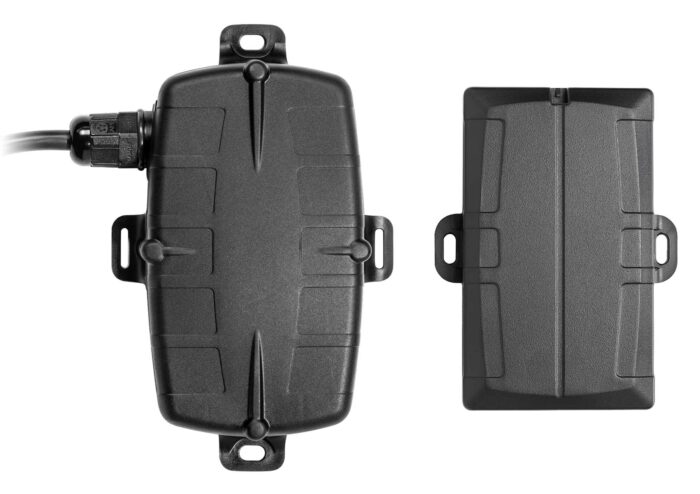
With many OEMs offering engine direct telematics as factory standard, it is tempting to think, “I want as much data as I can get.” A deluge of data can be incredibly valuable; however, the reality is that many equipment owners are not yet capable of properly digesting available data and often become overwhelmed by it, essentially creating more work than benefit. There can be an advantage to seeing a red stop lamp that indicates a piece of equipment is out in the field and being driven to failure. But does knowing 100 fault codes really help, or is it noise? If your goal is to improve billing and service scheduling, then you may only need location and usage monitoring — which is available in many telematics products. If you are concerned about theft or suspicious customers, you probably do not need a data-intensive hardwired product but rather something you can “slap and track” to make sure your asset comes back.
It is natural to begin a telematics deployment on either your rental fleet or your vehicle fleet, and then add in the other side downstream. When beginning your evaluation though, it is important to take your entire fleet into account. As part of your evaluation, determine if you want best-of-breed using several telematics providers or a single provider that covers all your fleet needs. In addition, look at everything you may need to track both immediately and into the future: machines, trucks, trailers, etc. You may be focused on asset tracking now due to heightened theft activity, but will driver monitoring and/or dashcams be a potential need for liability mitigation in the future? The list may be longer than you think. Confirm that your selected provider(s) can cover and grow with your fleet. In most cases, a mixture of different device types supplemented by other IoT technologies will properly address all your complete deployment needs.
While looking at a complete deployment, do not overlook your internal business software, enterprise resource planning (ERP) or service platform. Many of these are now able to consume API data, so some telematics providers make collected data available in the desired API format. If one of your deployment goals is to automatically pull information such as runtime and location from your telematics into your operational software, be sure to confirm both sides have import and export options. This also allows you to utilize multiple telematics providers, if necessary, with all the captured data flowing into your business operation software.
Like most technology deployments, it makes sense to pilot the selected solutions for a period of time to allow your team members to familiarize themselves with it and then gather their feedback. This is a critical stage, as many questions or concerns that were never considered come to light and must be addressed prior to full-scale deployment. If the required team members cannot or will not use the technology, then it has no benefit to the operation. Once everyone is on board and the roadmap is clear, it is safe to execute the larger deployment.
No Need to Start from Scratch

It goes without saying that some of the best research is what your peers have already done. As you begin exploring telematics, be sure to inquire at industry events and regional meetings about what others in your industry are already doing.
As a telematics provider, some of our most intriguing products are customer driven. We will sometimes get a call like, “I hear you are doing X with this customer; can you tweak it a bit to do Y for us?” and a new solution is born.
Tony Nicoletti is the CEO of DPL Telematics.

